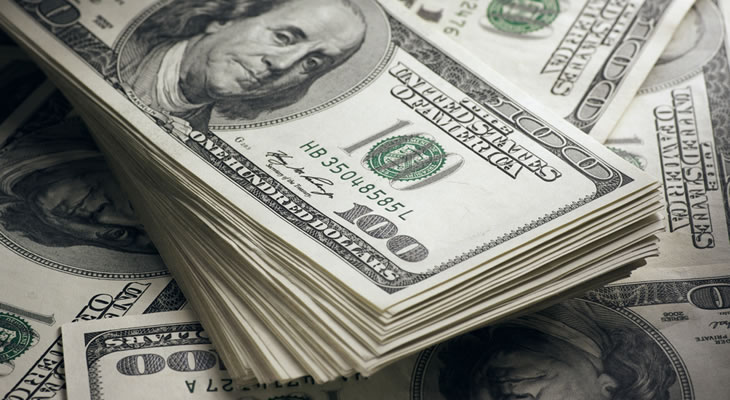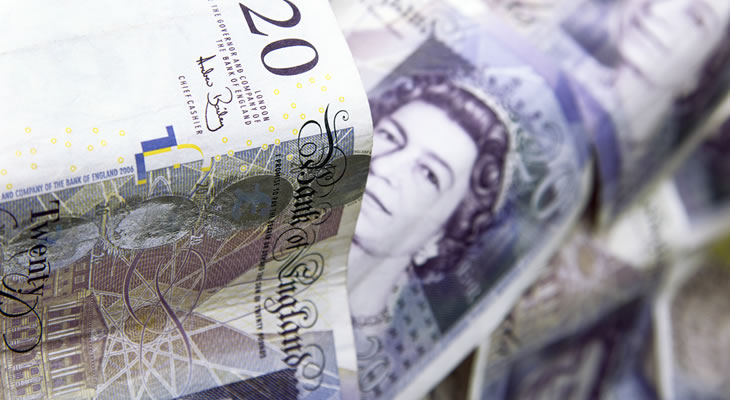- GBP USD exchange rate recovers after Article 50 jitters – Speculation that exit clause could be triggered before mid-2017
- UK trade future to weigh on Pound – Uncertainty over length of time needed for negotiations
- US Dollar firms on Fed speculation – Outcome of Jackson Hole Symposium key to USD outlook
GBP USD may currently be on the uptrend, but downside risks from uncertainty over Article 50 could weaken Pound US Dollar exchange rates. Not only is it unclear when the exit process from the European Union will be triggered, there is still much debate over how long it will actually take to withdraw, despite the suggested two-year time frame.
Article 50 Speculation to Weigh on Pound US Dollar Long-Term Exchange Rate Forecast
Friday saw a weakening in the Pound after a report suggested that Article 50 of the Lisbon Treaty could be triggered by the UK government before April 2017. Markets are widely expecting that the process to leave the European Union will be delayed for much longer, allowing the UK a few more months of relative stability before the journey into the unknown begins. There is still a strong belief amongst many commentators and ‘Remain’ supporters that a Brexit will never happen. The report was quickly dismissed by Downing Street and the Pound was registering a bullish recovery on Monday, although this was largely due to investors closing a record number of short positions against Sterling. Shorting is the process of selling borrowed currency while it is strong, waiting for it to depreciate and buying it back, returning the same value to the broker while pocketing the difference between the higher selling price and the lower buying price.
Over 94,000 short positions were held against Sterling in recent days and traders saw Monday as the day to close the position by re-buying the UK unit, fueling its charge higher. This rally continued on Tuesday, although with it likely that many of those short positions are now closed, the Pound may find little support from traders betting against it going forwards. This does not necessarily mean that the markets are confident Sterling will recover, just that the opportunity for profit was present and investors took advantage.
The likelihood of the exit process taking just two years as expected is still widely disputed. As former UK Minister for Europe Denis MacShane recently wrote in the Independent;
‘Once Article 50 talks are over, Jean-Claude Piris, the EU’s former chief lawyer, reckons it will take at least eight years to write out any kind of satisfactory UK-EU deal on trade access and the rights of British citizens living in Europe. Pascal Lamy, the former WTO director general, also dismisses the idea that a final EU-UK trade deal is achieveable without years of negotiation. It has taken the EU and Canada eight years to agree a relatively modest trade deal which now has to be ratified by all 28 EU national parliaments. Any UK-EU deal would also have to be agreed by national parliamentarians from Ireland to Bulgaria.’
The triggering of Article 50 remains the biggest long-term headwind for the Pound US Dollar exchange rate. The UK is currently going through an economic shock as markets, consumers and businesses react to the results of the referendum. This could prove to be merely a short term, kneejerk reaction. However, it is likely that confidence will fall further when the withdrawal process is formally initiated. Uncertainty is only going to increase with the future of UK trade up for debate. Any suggestion that Article 50 will be triggered sooner rather than later will cause a fall in GBP USD exchange rates, while notions that it will be delayed will likely boost the Pound against the US Dollar.
US Dollar Pound Long-Term Exchange Rate Forecast Dependent upon Fed Jackson Hole Symposium

The release of the latest Federal Open Market Committee (FOMC) meeting minutes disappointed markets, after revealing a less-hawkish sentiment amongst policymakers than had been expected. While the minutes showed that some members of the FOMC thought that an interest rate hike would soon be needed, the committee retained its usual position, stating that more data would be required before any policy tightening would be justified.
However, San Francisco Fed President John Williams suggested that leaving interest rates low for too long poses risks to the economy, claiming;
‘In the context of a strong domestic economy with good momentum, it makes sense to get back to a pace of gradual rate increases, preferably sooner rather than later.’
On Sunday, Vice President of the Federal Reserve Stanley Fischer claimed that the Fed was ‘close’ to its targets and explained, ‘I expect GDP growth to pick up in the coming quarters, as investment recovers from a surprisingly weak patch and the drag from past Dollar appreciation diminishes.’
Long-term US Dollar exchange rate forecasts will depend largely upon the outcome of the most important Federal Reserve event of the year – the Jackson Hole Symposium. At the time of writing, Fed Funds futures continue to suggest just a 12% change of tighter monetary policy in September, with the markets pricing in the next rate hike in March. Expectations of tighter policy were clearly strengthening, as before the Fed minutes the futures market was expecting a hike in May.
This could all change after Friday, depending upon how hawkish Fed Chair Janet Yellen is in her speech. Markets are currently expecting her to signal that a rate hike is imminent, with the US Dollar trending strongly at the time of writing, although a recovering Pound kept USD GBP on a bearish decline. Should Yellen suggest a rate hike in the near-term, the long-term US Dollar exchange rate forecast is likely to be bullish, while continued caution will keep the US Dollar on a weaker footing.
Pound US Dollar (GBP USD) Exchange Rate
At the time of writing the Pound US Dollar (GBP USD) exchange rate was trending between 1.1549 and 1.1615, while the US Dollar Pound (USD GBP) exchange rate was trending between 0.7622 and 0.7672.


Comments are closed.